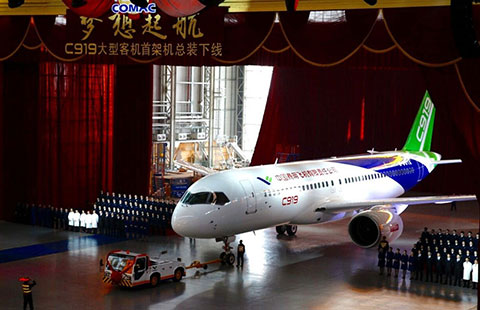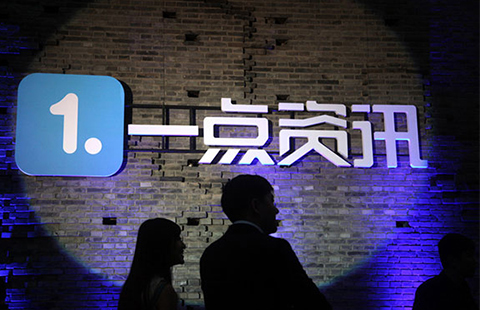China's 13th Five-Year Plan creates new economic opportunities: experts
(Xinhua) Updated: 2015-11-05 06:49Besides "huge opportunities" in the financial sector, Joseph Foudy, clinical associate professor of economics at New York University, also expects the healthcare, automobile and electronics sectors to thrive under the next five-year plan.
"The auto sector is in slowdown in China, but I expect it to kick back and return in the next couple of years to be very vibrant," he told Xinhua.
Companies targeting middle-class Chinese families will also occupy the mass market of consumer goods, Foudy said.
With the proposed guidelines and targets, China will continue to encourage mass entrepreneurship through major scientific and technological projects, and by building a number of national laboratories, in the hope that it will lead to new technology.
In addition, China will steer traditional manufacturing along an environmentally friendly path, establish a low-carbon production system and encourage businesses to upgrade technology, the document said.
"In China's case, the growth success over the last 30 or 40 years has been a combination of real innovation and technology," Foudy said. "In the long run, almost all of the growth really has to come from smarter processes in companies and better technology."
Ribeiro pointed out the importance of transitioning from "assembled in China" to "designed in China," which is "closely related to the economic transition itself, boosting the service sector, the production of high-end commodities, research and development" and "leading to higher productivity in China."
Though "previous imbalances such as housing, debt and financial markets" still exist, Ribeiro said that "the Chinese government understands most of the challenges it faces and has significant political room to work out the economic reform."
"It will be a bumpy ride, as every comprehensive reform is, but it is completely feasible," he said.
"The process of rebalancing could actually be painful," Foudy said. But with new opportunities, "it is a short-term pain to make the country healthier and more vibrant in the future."
- Major farm reform on near horizon
- Reading Wisdom to offer new books for 300,000 poor pupils across China
- China to start 20 new major water conservation projects in 2016
- Caterpillar arm boosts micro-loan program
- Baidu's Li supports efforts to find cure for esophageal cancer
- SOE changes aim to improve efficiency
- China continues to loosen price controls
- ADB offers 100m loan to support China's emission reduction projects















